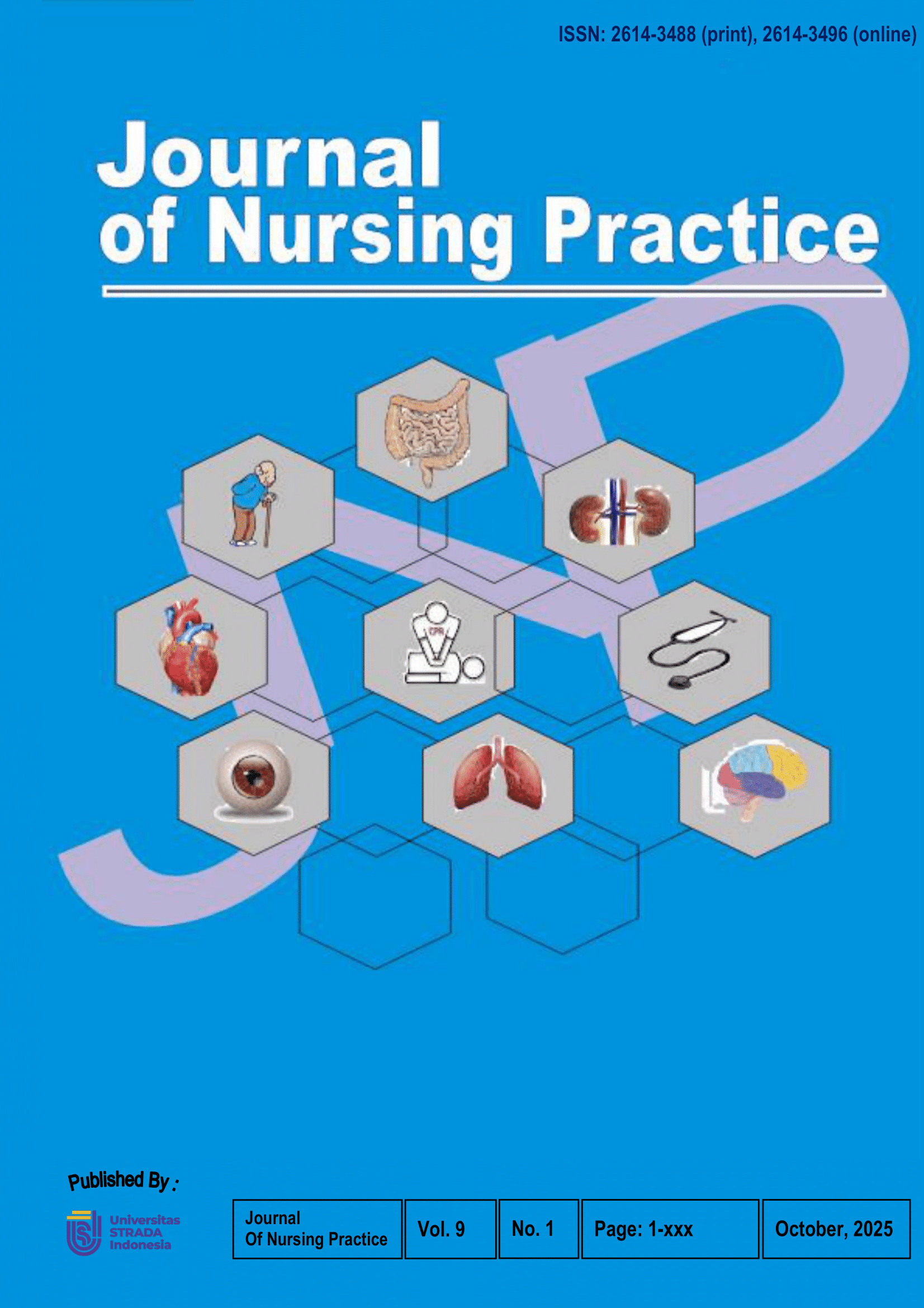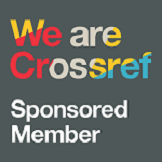Evaluation of Iron Tablet Supplementation Program of Female Adolescent in Surakarta
DOI:
https://doi.org/10.30994/jnp.v9i1.928Keywords:
adolescent girls, iron supplement tablets, stuntingAbstract
Background: The 2021 Indonesian Nutritional Status Survey (SGI) found that the prevalence of stunting in Indonesia was 24.4%, exceeding the global prevalence of 22.2%. The prevalence of stunting in Central Java Province in 2022 was 20.9%. The percentage of stunted toddlers in Surakarta City in 2022 was 1.87%, an increase compared to 1.39% in 2021. Based on 2018 data from the Surakarta Health Office, the highest incidence of stunting was found at the Sangkrah Community Health Center (Puskesmas), at 3.35%. Stunting in children is often caused by inadequate nutritional intake for preconception adolescents during the first 8,000 days of life. One sign of inadequate nutrition is anemia in adolescents. Anemia can be prevented by regularly taking iron supplements (TTD) from adolescence.
Purpose: To evaluate iron supplement administration among adolescent girls in Surakarta City.
Methods: This study used a mixed-methods design. The study population was junior high and high school students in the Sangkrah Community Health Center (Puskesmas) area. Participants were 150 female students selected using cluster sampling. The first stage involved hemoglobin (Hb) testing and measuring the girls' knowledge and adherence to iron supplement administration using a questionnaire. The second stage involved focus group discussions (FGDs) with health workers from the Surakarta City Health Office, teachers, and junior high and high school students. Quantitative data were analyzed using product-moment correlation, while qualitative data were analyzed using thematic analysis.
Results: The human resources involved in the iron supplement administration program at this school complied with the Anemia Prevention and Control Guidelines. The iron supplement distribution program has been implemented by the Surakarta City Health Office since 2022. Iron supplement distribution is carried out by 2-4 individuals. Most respondents in this study were compliant with iron supplement administration (73.3%). There was a significant relationship between iron supplement adherence and hemoglobin levels, with a p-value of 0.0001.
Conclusion: The iron supplement program for adolescent girls has been running well. Monitoring is conducted by the Sangkrah Community Health Center every three months, and the majority of girls are compliant with iron supplement consumption.
Downloads
References
BKKBN Jateng. (2022). Target for reducing the prevalence of stunting in Central Java Province.
Bundy DAP, Silva Nd, Horton S, Patton GC, S. L. (2018). Child and Adolescent Health and Development: Realizing Neglected Potential. Child and Adolescent Health and Development, 3. www.ncbi.nlm.nih.gov/books/NBK525272/.
Bundy DAP, Silva Nd, Horton S, P. G. (2017). Investment in child and adolescent health and development: Key messages from Disease Control Priorities.
De Onis, M., Dewey, K. G., Borghi, E., Onyango, A. W., Blössner, M., Daelmans, B., Piwoz, E., & Branca, F. (2013). The world health organization’s global target for reducing childhood stunting by 2025: Rationale and proposed actions. Maternal and Child Nutrition, 9(S2), 6–26. https://doi.org/10.1111/mcn.12075.
Dinkes Kota Surakarta. (2022). Profil Kesehatan Kota Surakarta. https://dinkes.surakarta.go.id/profil-kesehatan/.
Djauhari. (2017). Nutrition and 1000 HPK.pdf. Saintika Med.
Kemenkes RI. (2016). Guidelines for Preventing and Controlling Anemia in Adolescent Girls and Women of Childbearing Age. Kemenkes RI Jakarta.
Kemenkes RI. (2021). Indonesian Nutrition Status Survey (SSGI) 2021.
Maulida, F., Setiarini, A., & Achadi, E. L. (2021). Evaluation of The Implementation of Fe Tablets for Adolescent Girl in 2019 at Pekanbaru City. Amerta Nutrition, 5(2SP), 19. https://doi.org/10.20473/amnt.v5i2sp.2021.19-29.
Pranama, W. (2024). Targetkan Zero Stunting. 1319898. https://www.solopos.com/pemkot-solo-targetkan- zero-stunting-cases-by-2024-this-is-how-1319898.
Rizqiya, F., & Elvira, F. (2022). Edukasi Gizi Mengenai Anemia pada Remaja Putri di SMPN 6 Jakarta. Altafani : Jurnal Pengabdian Masyarakat, 1(1), 6–11.
Susanti, S., Sulastri, D., & Desmawati. (2021). Evaluasi Pemberian Tablet Tambah Darah Pada Remaja Putri. Jurnal Kesehatan, 9(3), 140–149. https://doi.org/https://doi.org/10.35730/jk.v12i1.442.
Downloads
Published
How to Cite
Issue
Section
License
Copyright (c) 2025 Journal Of Nursing Practice

This work is licensed under a Creative Commons Attribution-NonCommercial-ShareAlike 4.0 International License.

This work is licensed under a Creative Commons Attribution-NonCommercial-ShareAlike 4.0 International License.






















